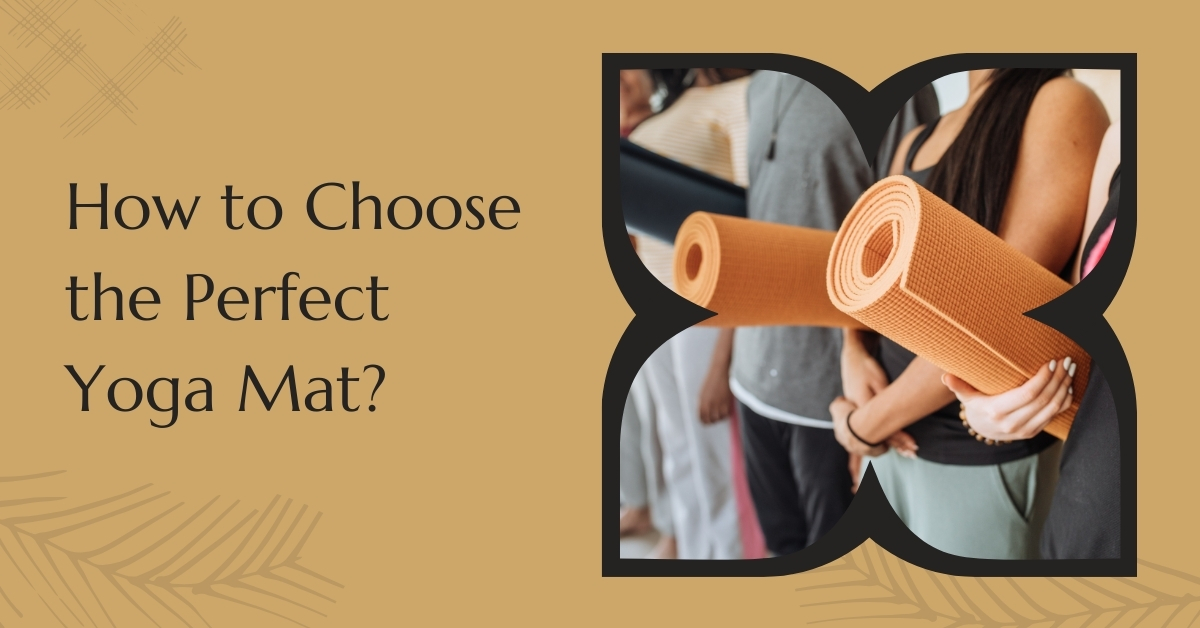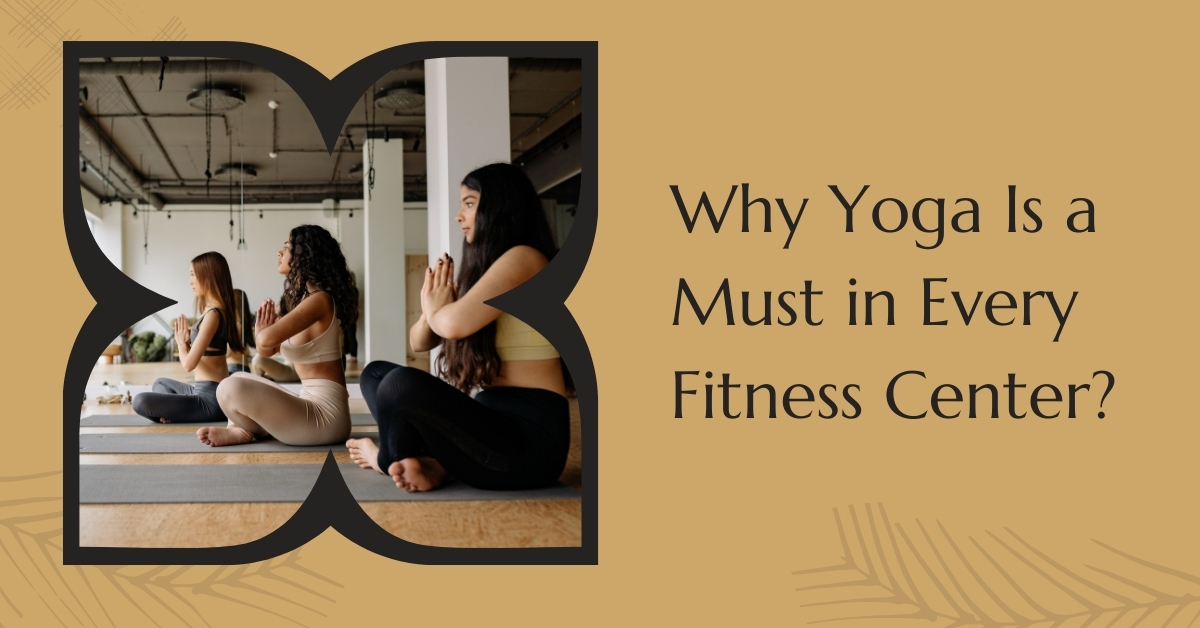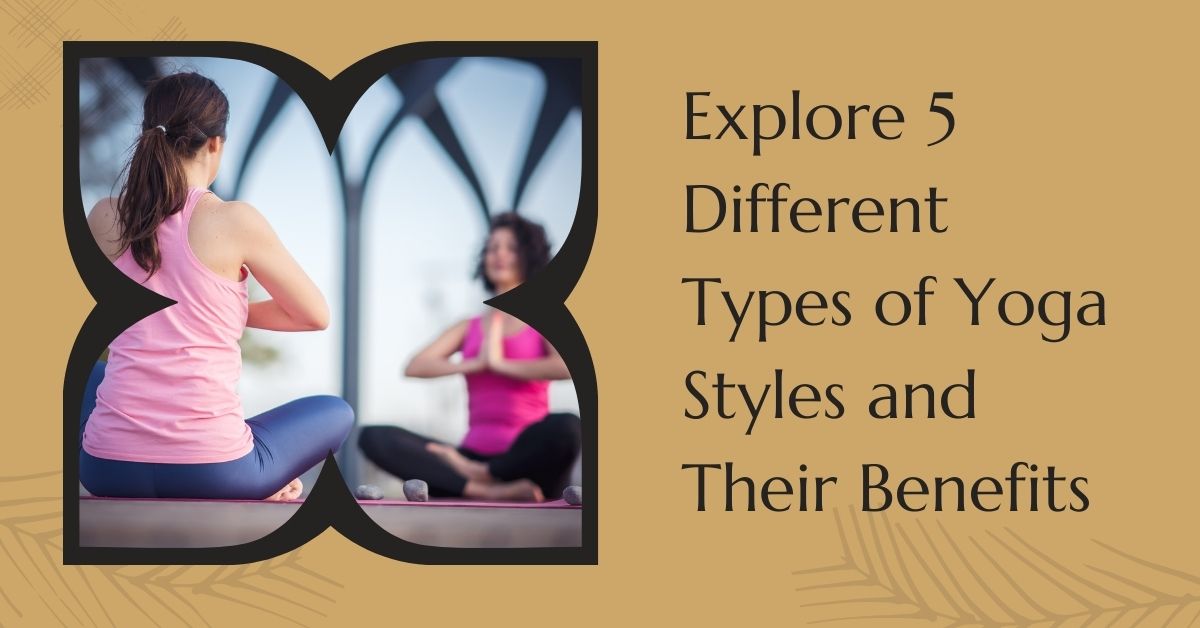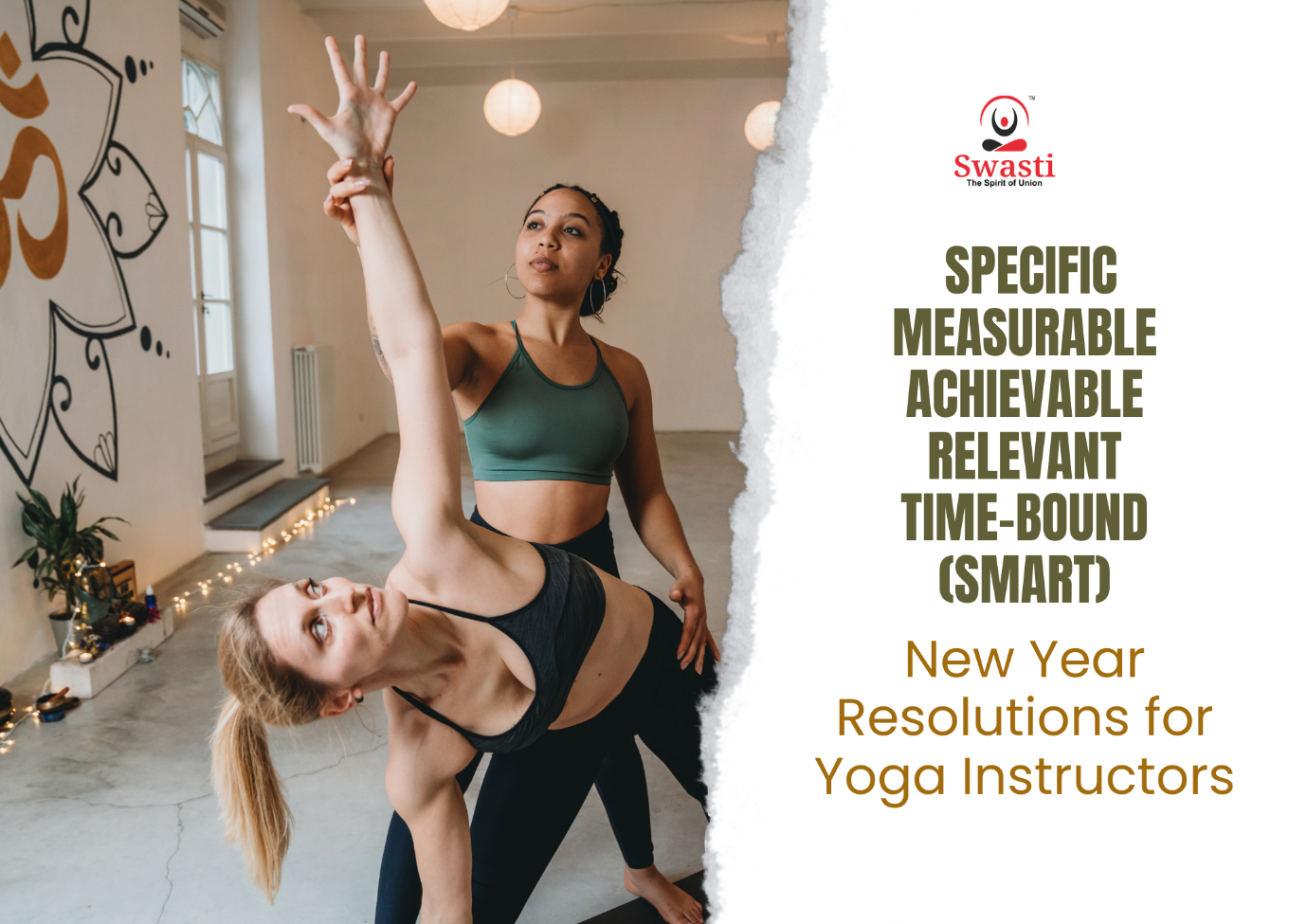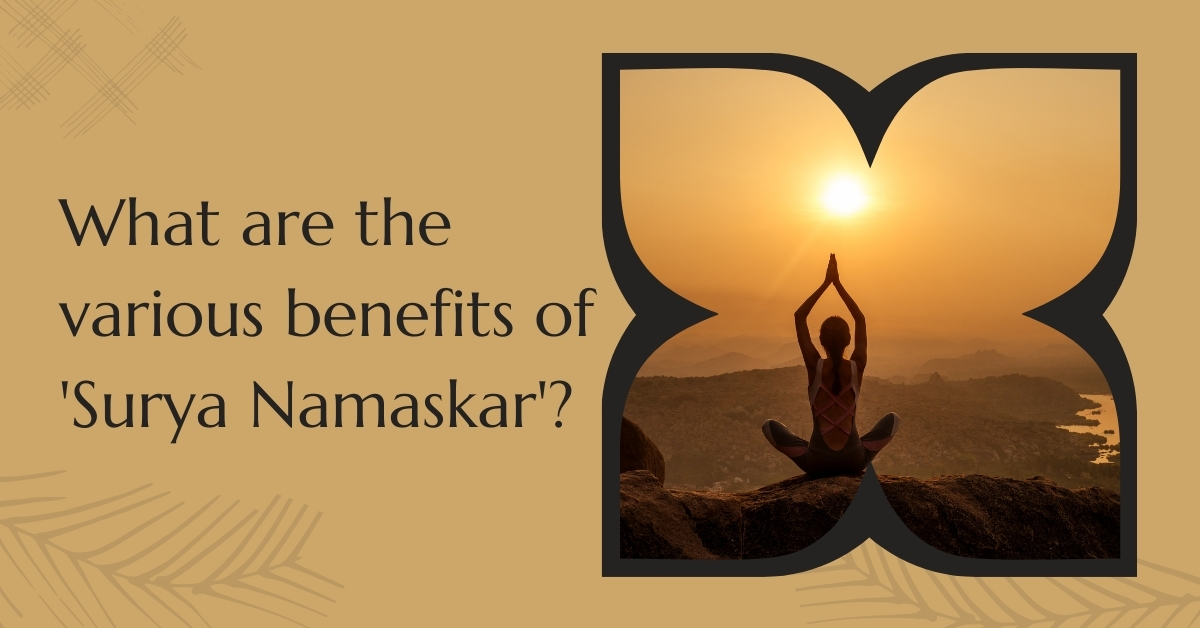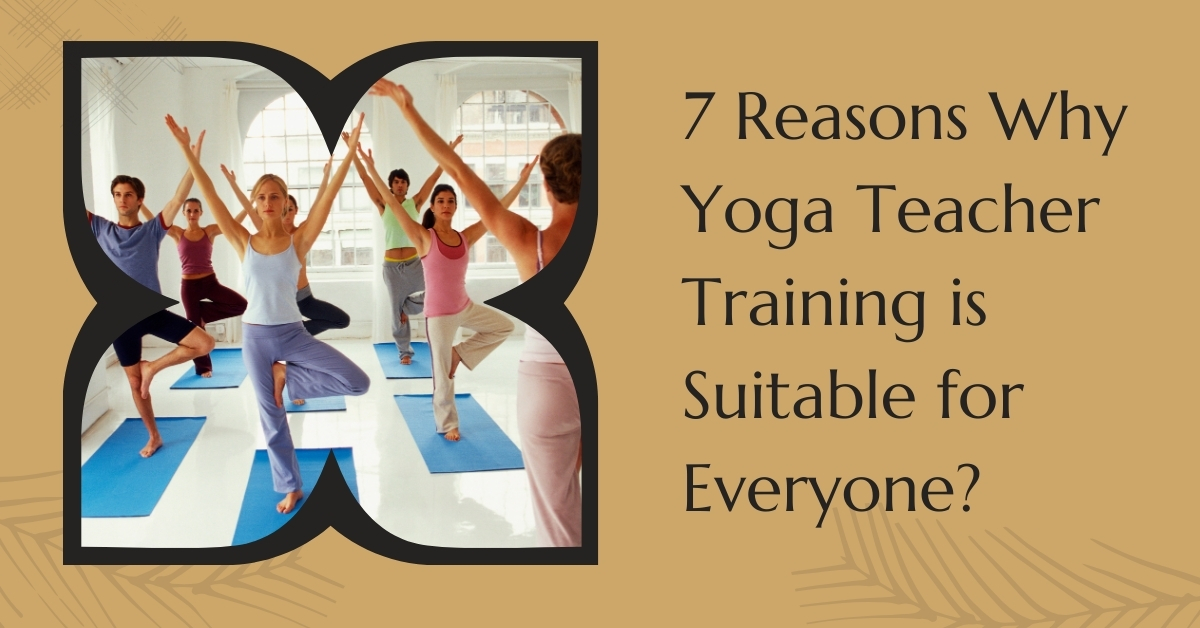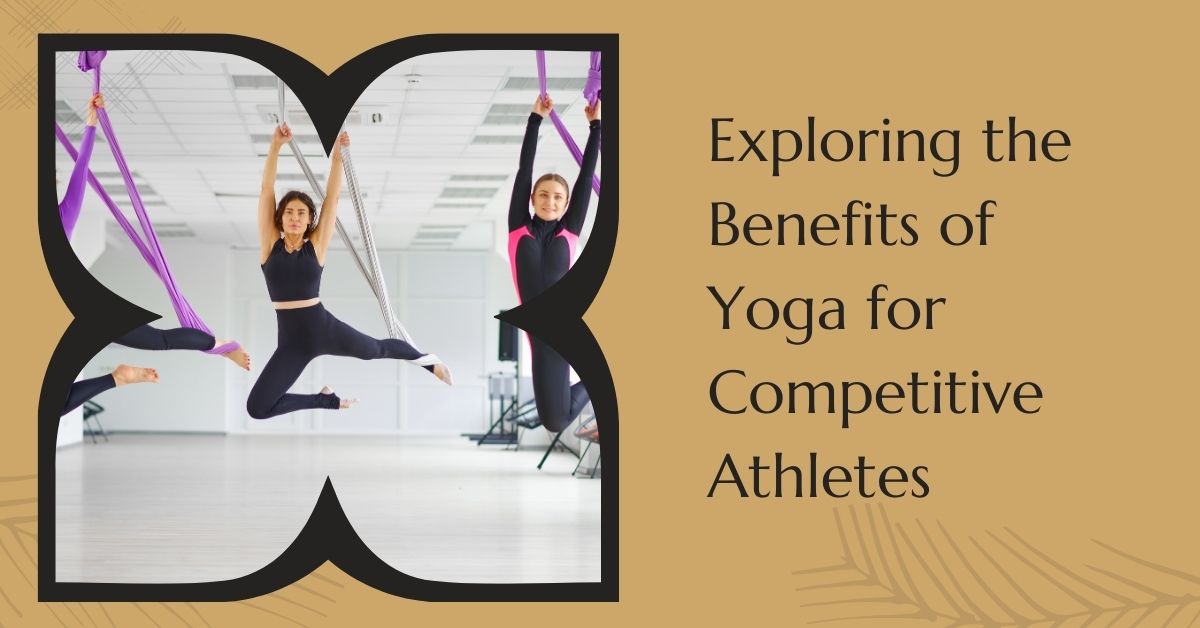
Exploring the Benefits of Yoga for Competitive Athletes
Yoga has been around for thousands of years and has been practiced by millions of people around the world. It is a form of exercise that involves physical postures, breathing techniques, and meditation. While yoga is often associated with relaxation and stress relief, it can also be a powerful tool for competitive athletes looking to improve their performance. In this article, we will explore the benefits of yoga for competitive athletes and how it can help them achieve their goals. Why is Yoga Good for Athletes? No matter what type of physical activity you engage in, whether it be strength training, endurance sports, CrossFit, or a combination of various exercises, it is likely that you do not fully utilize the complete range of motion that your joints are capable of. While flexibility may not be a requirement for your chosen sport, you are aware that your movements are restricted, and you probably incorporate some form of stretching into your routine. The reality is that practicing yoga can have a positive impact on your training, resulting in improved performance, enhanced recovery, better movement patterns, and improved posture. Additionally, yoga can help prevent injuries from occurring. However, the benefits of yoga extend beyond the physical realm. Engaging in regular yoga practice can heighten your body and mind awareness, reduce stress levels, increase motivation, and promote better mental health. Moreover, yoga can even improve your breathing technique, leading to both remarkable physical and psychological effects. What are the Benefits of Yoga for Athletes? 1. Enhanced Flexibility and Range of Motion: Yoga is renowned for its ability to improve flexibility and increase the range of motion in the body. For athletes, this translates to improved agility, reduced risk of injury, and enhanced performance. By incorporating yoga into their training routine, athletes can experience greater freedom of movement, allowing them to execute athletic maneuvers with precision and ease. 2. Strength and Stability: While yoga is often associated with flexibility, it also plays a significant role in building strength and stability. The various yoga poses and sequences engage multiple muscle groups, helping athletes develop balanced strength throughout their bodies. This enhanced stability not only improves athletic performance but also reduces the likelihood of sustaining injuries during training and competition. 3. Improved Breathing and Endurance: The focus on breath control in yoga can have a profound impact on an athlete’s endurance and stamina. Through pranayama (breathwork) techniques, athletes can learn to optimize their breathing patterns, increasing their lung capacity and oxygen efficiency. This leads to improved endurance, better recovery between intense efforts, and the ability to sustain peak performance for longer durations. 4. Mental Focus and Concentration: Yoga is as much a mental practice as it is physical. The mindfulness and meditation aspects of yoga help athletes cultivate a heightened sense of mental focus and concentration. In the heat of competition, the ability to maintain mental clarity and stay present is invaluable. Yoga equips athletes with the tools to manage stress, overcome distractions, and perform at their best when it matters most. 5. Injury Prevention and Rehabilitation: The repetitive nature of many sports can lead to overuse injuries and muscular imbalances. Yoga serves as a proactive measure for injury prevention by addressing these imbalances and promoting proper alignment. Additionally, for athletes recovering from injuries, yoga offers a gentle yet effective means of rehabilitation, aiding in the restoration of mobility and strength while minimizing the risk of re-injury. 6. Stress Reduction and Recovery: The demands of competitive sports can take a toll on an athlete’s body and mind. Yoga provides a holistic approach to stress reduction and recovery, helping athletes manage the physical and mental strain of training and competition. The relaxation techniques incorporated in yoga practice promote restorative sleep, accelerate muscle recovery, and contribute to overall well-being. 7. Balance and Body Awareness: A key benefit of yoga for athletes is the development of balance and body awareness. The practice of balancing poses enhances proprioception – the body’s ability to sense its position in space – which is essential for injury prevention and optimal performance. Heightened body awareness allows athletes to move with precision and react swiftly to dynamic game situations. Integrating Yoga into Training Regimens Pre-Competition Preparation In the lead-up to a competition, athletes can use yoga as a means to prepare both physically and mentally. A tailored yoga routine can help athletes loosen tight muscles, calm pre-event nerves, and visualize success, setting the stage for an optimal performance. Post-Training Recovery After intense training sessions or competitions, yoga offers a rejuvenating recovery practice. Gentle stretches, restorative poses, and breathing exercises can help athletes unwind, reduce muscle soreness, and promote faster recovery, allowing them to bounce back stronger for their next challenge. In conclusion, the benefits of yoga for competitive athletes are multifaceted and far-reaching. By integrating yoga into their training routine, athletes can experience improvements in flexibility, strength, endurance, mental resilience, injury prevention, recovery, and overall performance. As more athletes recognize the transformative potential of yoga, its role in optimizing athletic achievement continues to gain prominence. Whether on the field, court, or track, the practice of yoga empowers competitive athletes to unleash the full potential of their bodies and minds, ultimately elevating their game to new heights.

